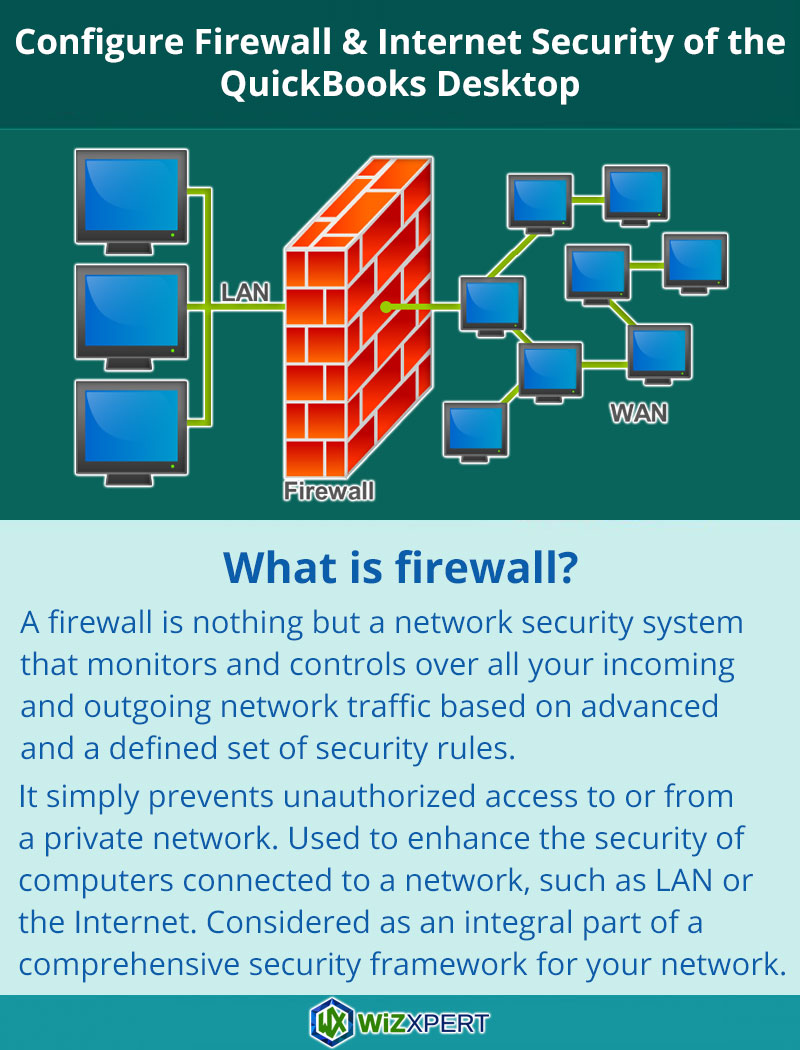
However, many unofficial uses of both well-known and registered port numbers occur in practice. The Internet Assigned Numbers Authority (IANA) is responsible for maintaining the official assignments of port numbers for specific uses. SCTP and DCCP services usually use a port number that matches the service of the corresponding TCP or UDP implementation if they exist. TCP and UDP port numbers are also used for the Stream Control Transmission Protocol (SCTP), and the Datagram Congestion Control Protocol (DCCP). This is why some even numbers in the well-known port number range are unassigned.

As Transmission Control Protocol (TCP) and User Datagram Protocol (UDP) were adopted, only one port was needed. Originally, these port numbers were used by the Network Control Program (NCP) and two ports were needed as transmission was done at half duplex. Configure them according to the specifications for your network.This is a list of Internet socket port numbers used by protocols of the Transport Layer of the Internet Protocol Suite for the establishment of host-to-host communications. Between the ESXi hosts and network storage such as NFS or iSCSI storage.If you add firewalls between ESXi hosts and plan to migrate virtual machines between them, open ports in any firewall that divides the source host from the target hosts. Although traffic between hosts is usually considered trusted, you can add firewalls between them if you are concerned about security breaches from machine to machine.

Between the ESXi hosts in your network.Between vCenter Server and the ESXi hosts.This connection is in addition to the connection between the vSphere Client and vCenter Server, and it requires a different port. If your users access virtual machines through the vSphere Client, between the vSphere Client and the ESXi host.If your users access virtual machines through a Web browser, between the Web browser and the ESXi host.Between the vSphere Client or a third-party network-management client and vCenter Server.The following firewall locations are commonly used. Select the locations for your firewalls based on the security risks for your network configuration. You might also include firewalls at other access points in the network, depending on the network usage and on the level of security that clients require. If a firewall is present between any of these elements, you must ensure that the firewall has open ports to support data transfer.

vCenter Server also assumes that its managed hosts listen for data from vCenter Server on designated ports. During normal operation, vCenter Server listens for data from its managed hosts and clients on designated ports. Networks configured with vCenter Server can receive communications through the vSphere Client, other UI clients, or clients that use the vSphere API. You can search ports by VMware product, create a customized list of ports, and print or save port lists. A firewall might lie between the clients and vCenter Server or vCenter Server and the clients can both be behind a firewall.įor the list of all supported ports and protocols in VMware products, including vSphere and vSAN, see the VMware Ports and Protocols Tool™ at. If you access ESXi hosts through vCenter Server, you typically protect vCenter Server using a firewall.įirewalls must be present at entry points.


 0 kommentar(er)
0 kommentar(er)
